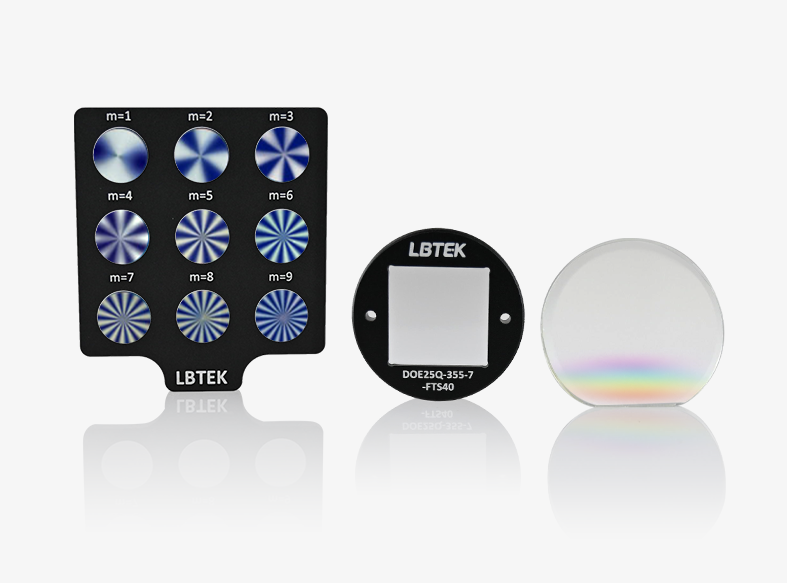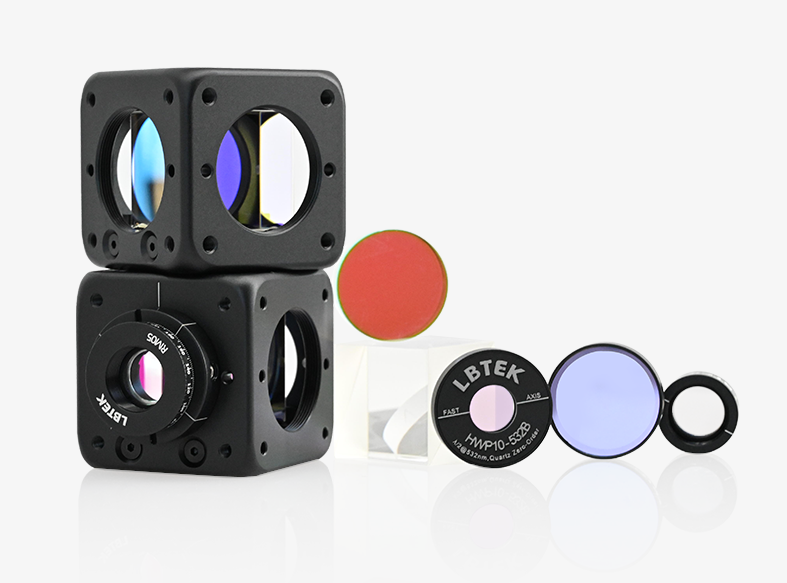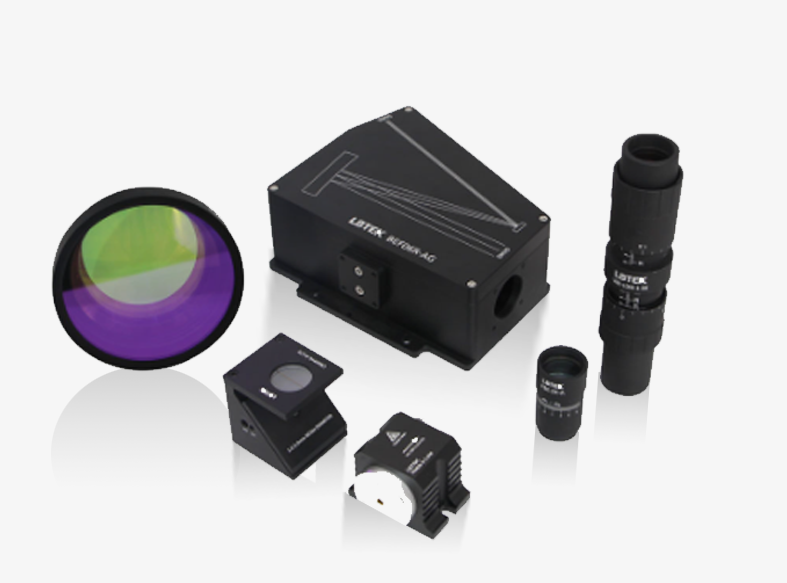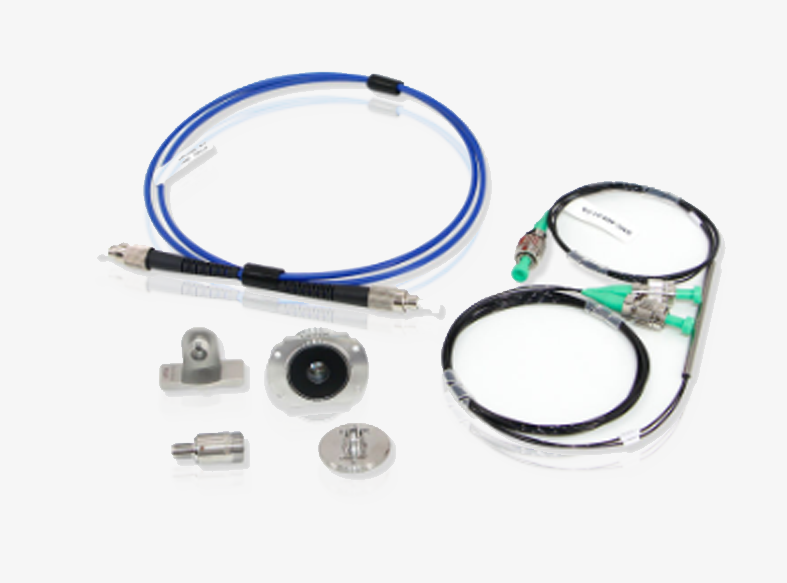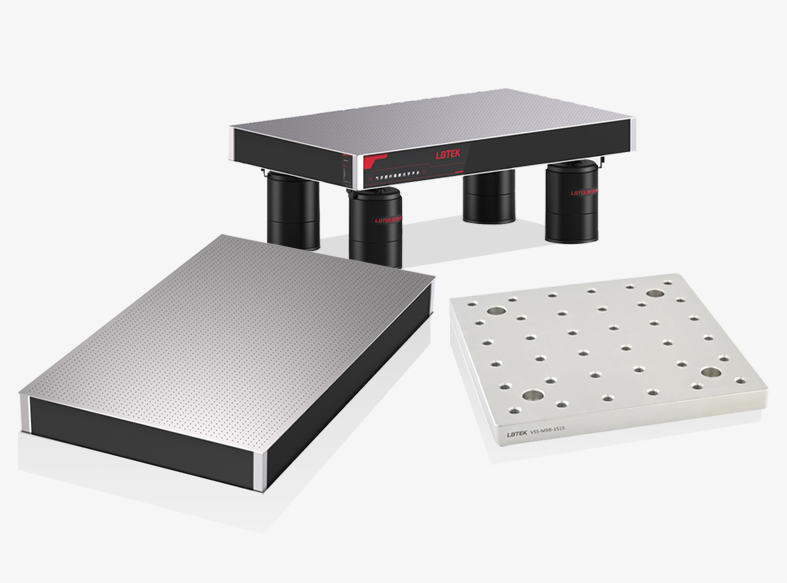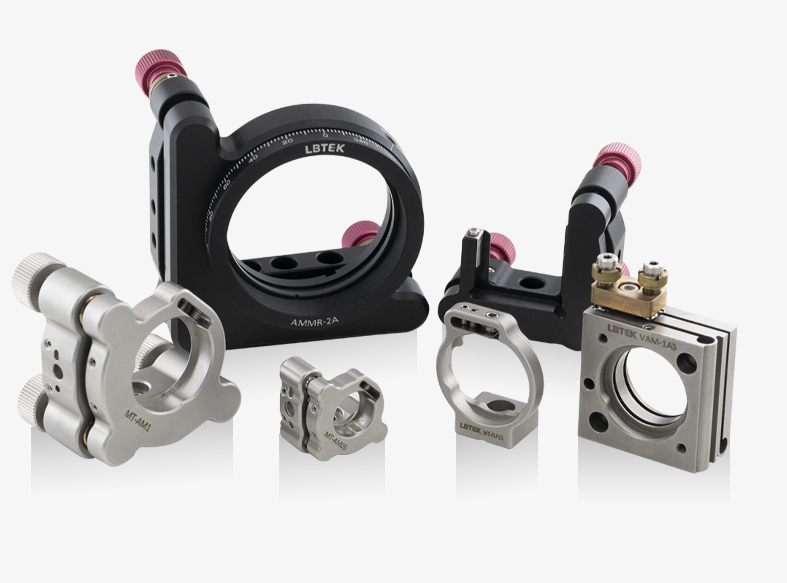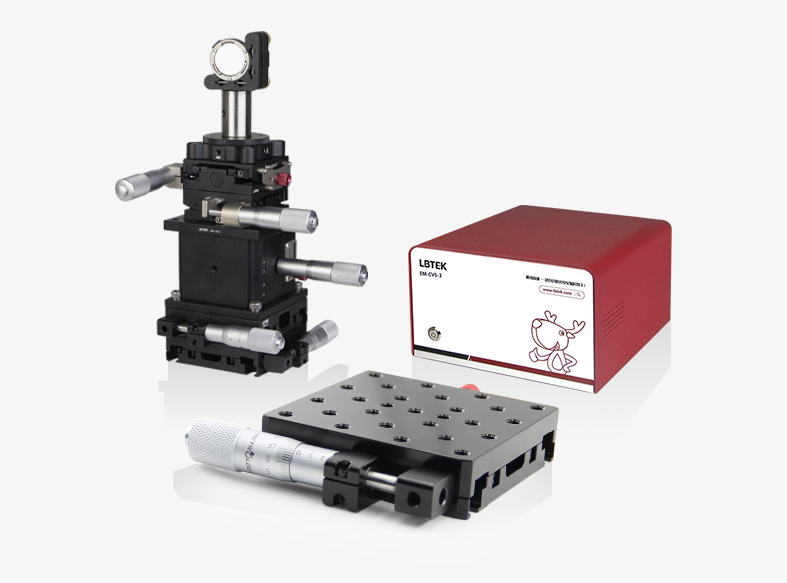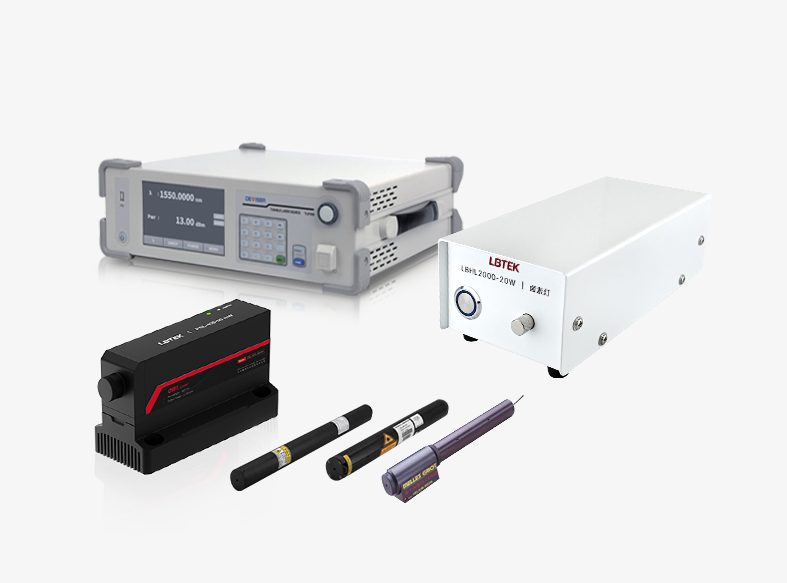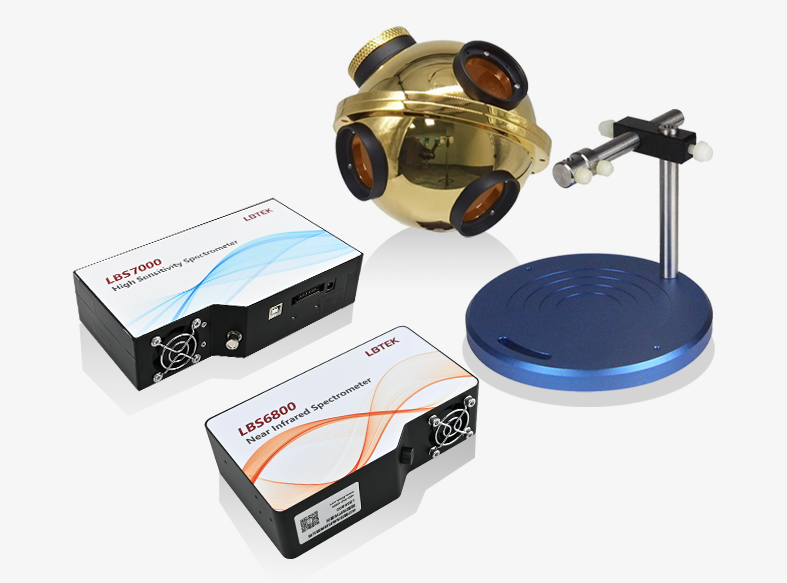- Commonly used for converting the polarized light into the unpolarized light
- Suitable for monochromatic light and broadband light sources
- Widely used in the laser processing, fiber-optic gyroscopes, fiber-optic sensors, high-precision spectrophotometers, photoelectric detection technology, and Raman amplifiers
- Divided into uncoated and coated versions
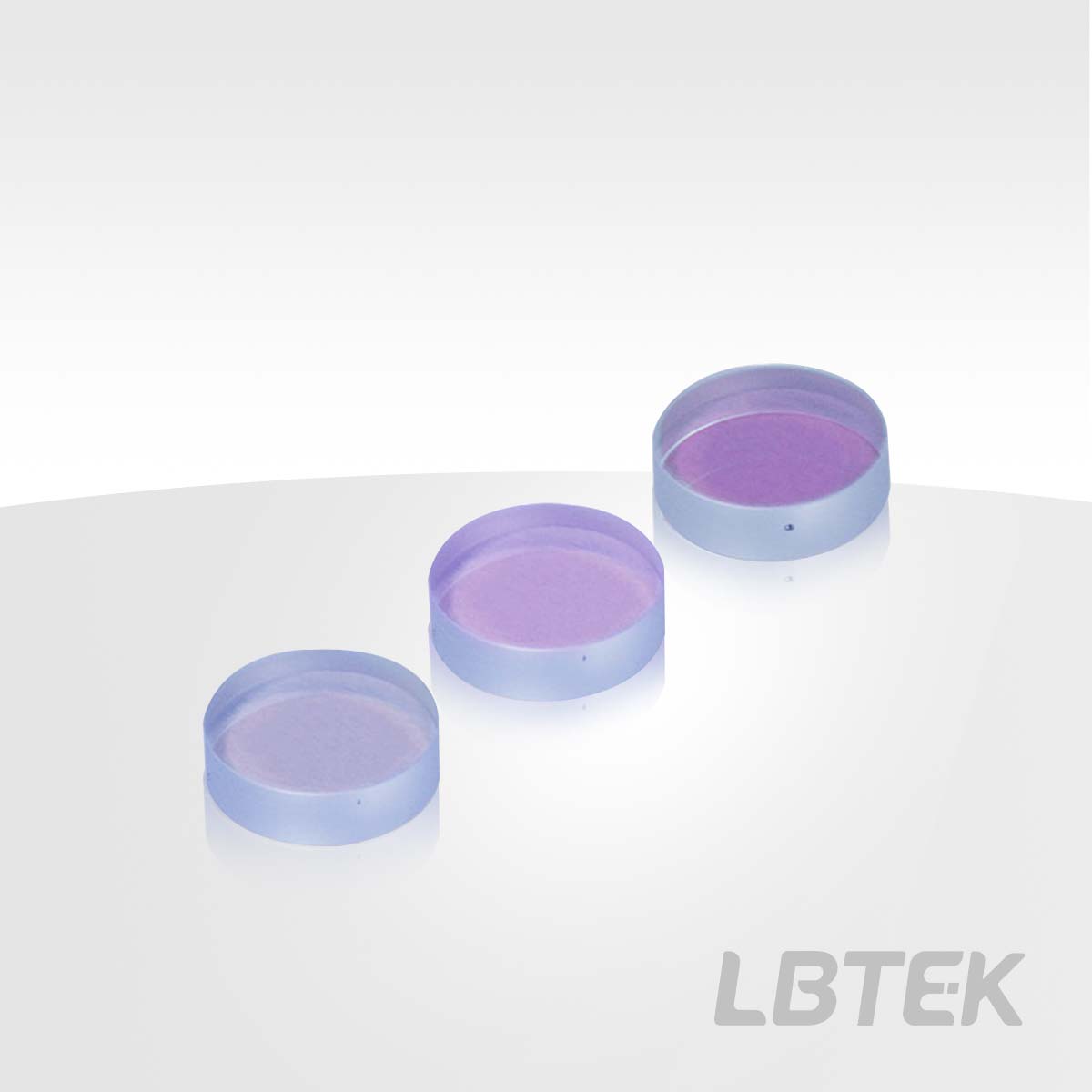
- Operating wavelength optional within the ranges of 400 nm-700 nm, 700 nm-1100 nm, and 1100 nm-1650 nm
- Commonly used to convert the polarized light into the non-polarized light
- Suitable for monochromatic light and broadband light sources
- Widely used in the laser processing, fiber-optic gyroscopes, fiber-optic sensors, high-precision spectrophotometers, photoelectric detection technology, and Raman amplifiers
The LBTEK Achromatic Depolarizers are commonly used to convert the polarized light into the unpolarized light. The depolarization effect of an achromatic depolarizer is related to the operating wavelength, material, optical axis angle, and prism wedge angle. Generally speaking, as long as the light does not dominate in different polarization states, it is considered to have achieved the depolarization effect. Achromatic depolarizers have wide applications in the laser processing, fiber-optic gyroscopes, fiber-optic sensors, high-precision spectrophotometers, photoelectric detection technology, and Raman amplifiers.
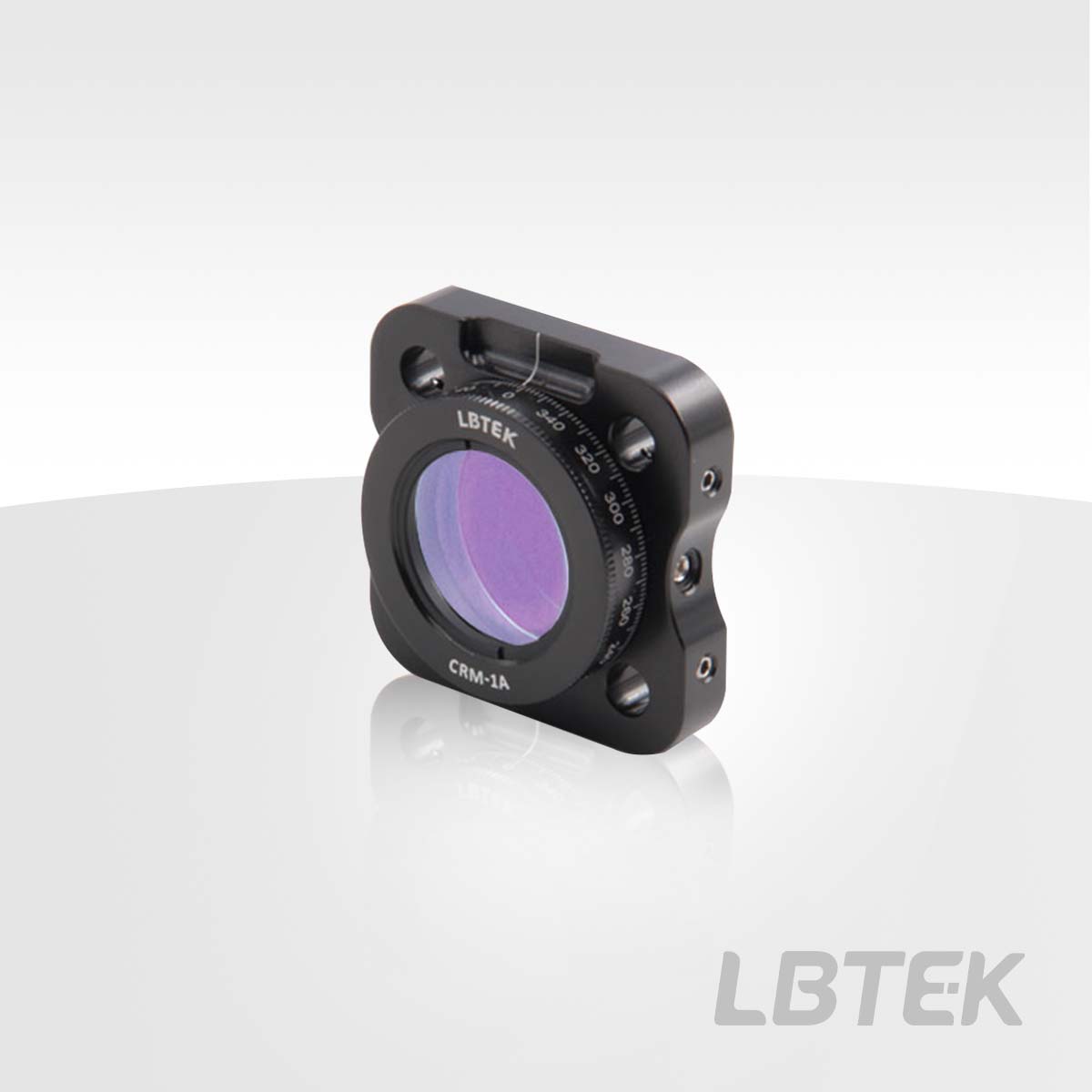
The LBTEK Achromatic Depolarizer is installed in the coaxial system rotation mount
Product Model | Operating Wavelength | Diameter | Thickness | Unit Price | Compare | Lead Time | ||
|---|---|---|---|---|---|---|---|---|
| APD10-C | 1100 nm-1650 nm | 25.4 mm | 7.2 mm | $581.28 | today | |||
| APD10-B | 700 nm-1100 nm | 25.4 mm | 7.2 mm | $581.28 | today | |||
| APD10-A | 400 nm-700 nm | 25.4 mm | 7.2 mm | $581.28 | today |

- Uncoated
- Commonly used to convert the polarized light into the unpolarized light
- Suitable for monochromatic light and broadband light sources
- Widely used in the laser processing, fiber-optic gyroscopes, fiber-optic sensors, high-precision spectrophotometers, photoelectric detection technology, and Raman amplifiers
The LBTEK Achromatic Depolarizers are commonly used to convert the polarized light into the unpolarized light. The depolarization effect of an achromatic depolarizer is related to the operating wavelength, material, optical axis angle, and prism wedge angle. Generally speaking, as long as the light does not dominate in different polarization states, it is considered to have achieved the depolarization effect. Achromatic depolarizers have wide applications in the laser processing, fiber-optic gyroscopes, fiber-optic sensors, high-precision spectrophotometers, photoelectric detection technology, and Raman amplifiers.
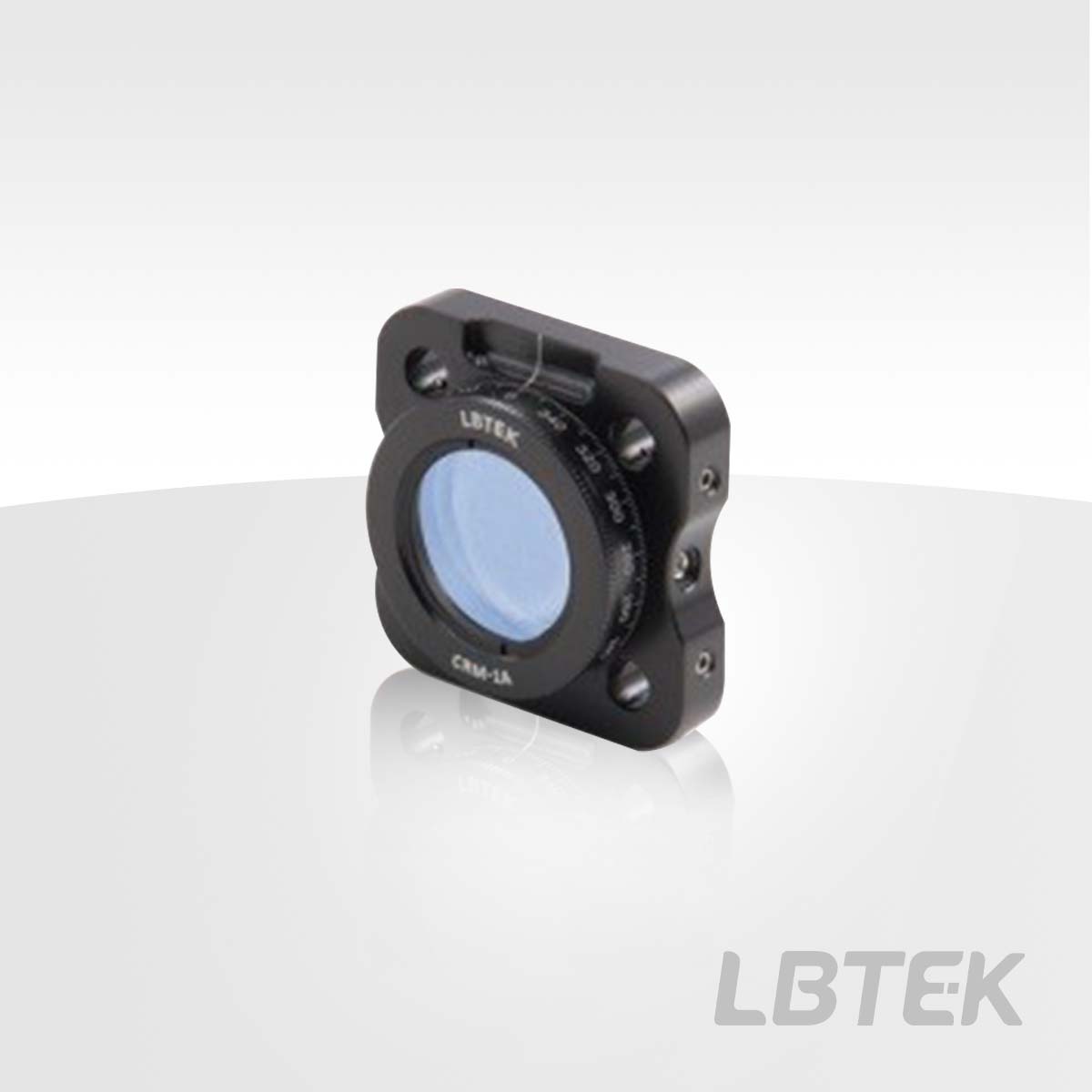
The LBTEK Achromatic Depolarizer is installed in the coaxial system rotation mount
Product Model | Operating Wavelength | Diameter | Thickness | Unit Price | Compare | Lead Time | ||
|---|---|---|---|---|---|---|---|---|
| APD10 | 350 nm-2500 nm | 25.4 mm | 7.2 mm | $443.74 | today |
